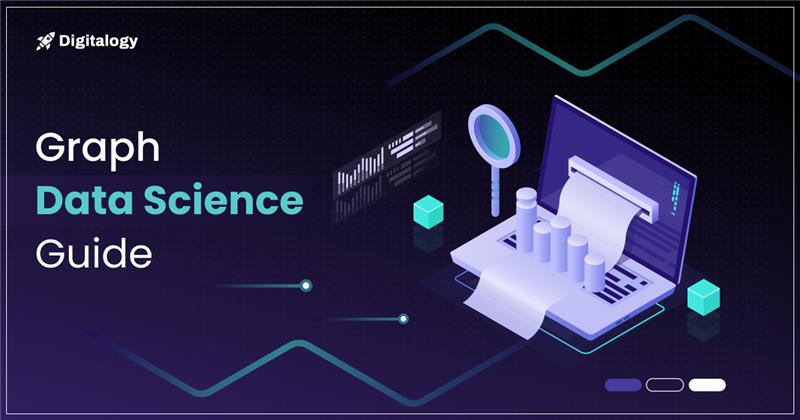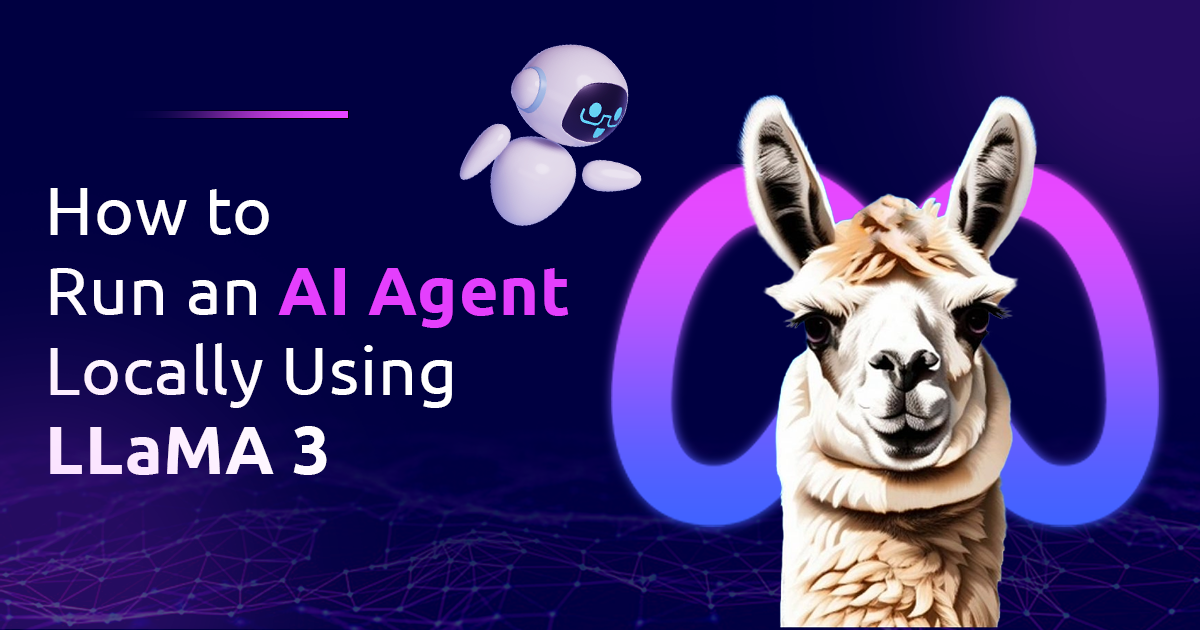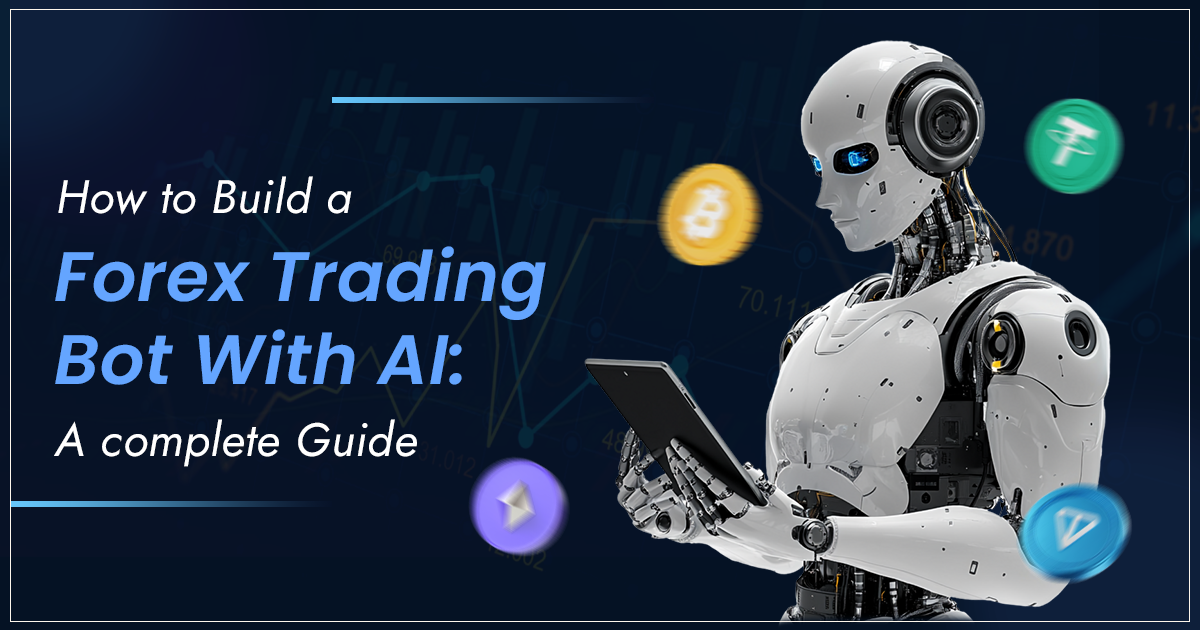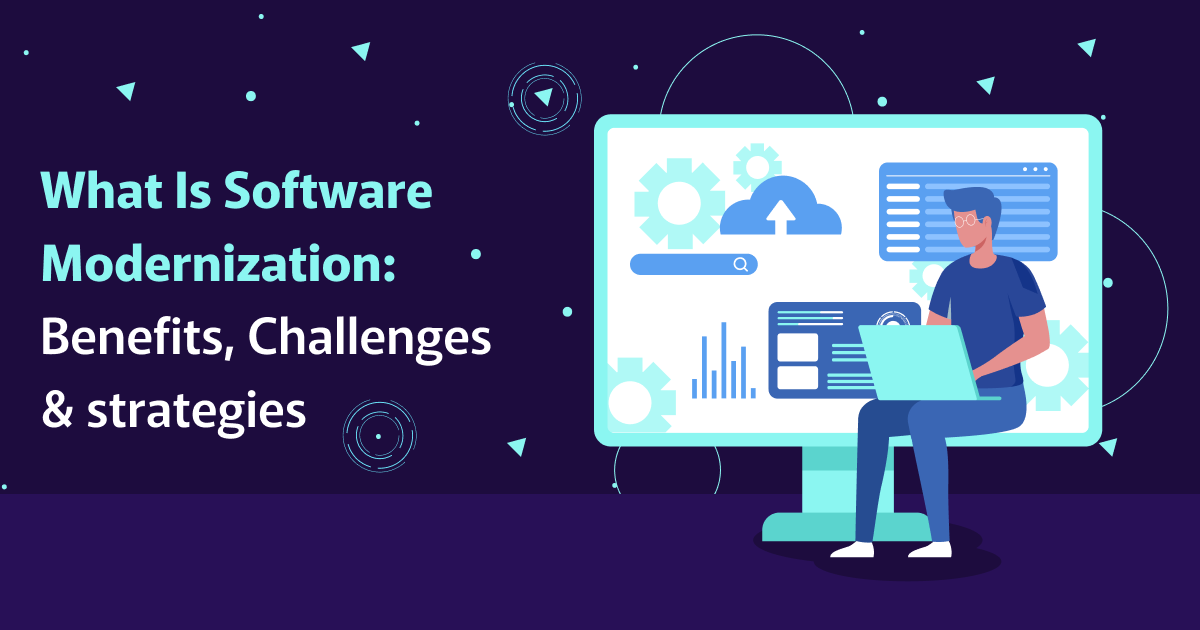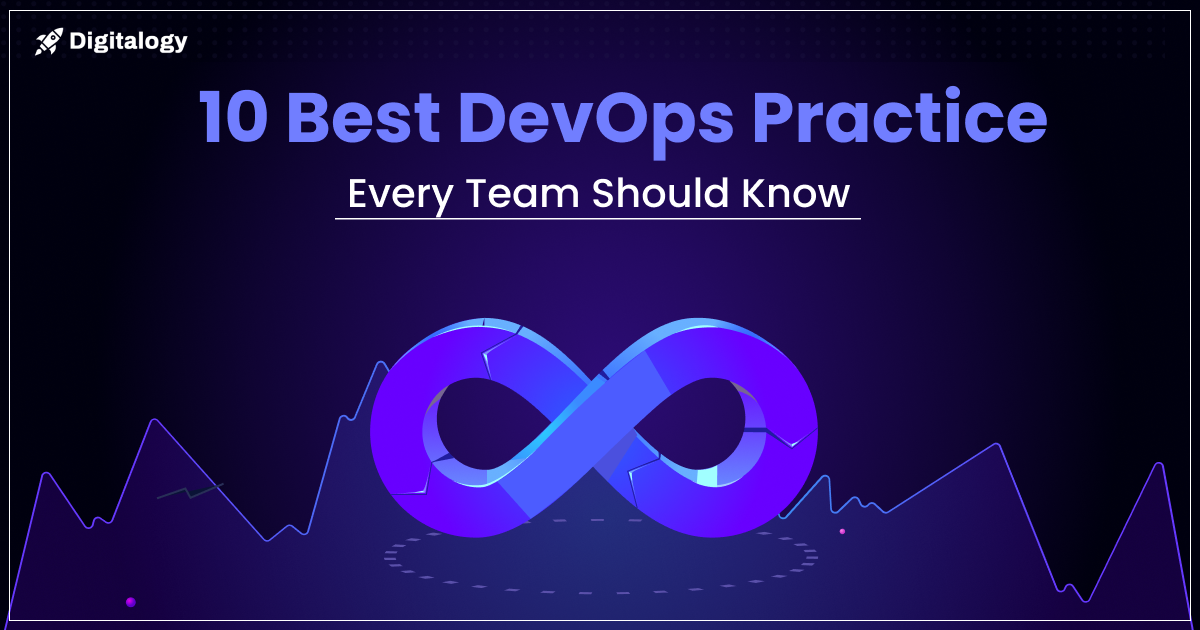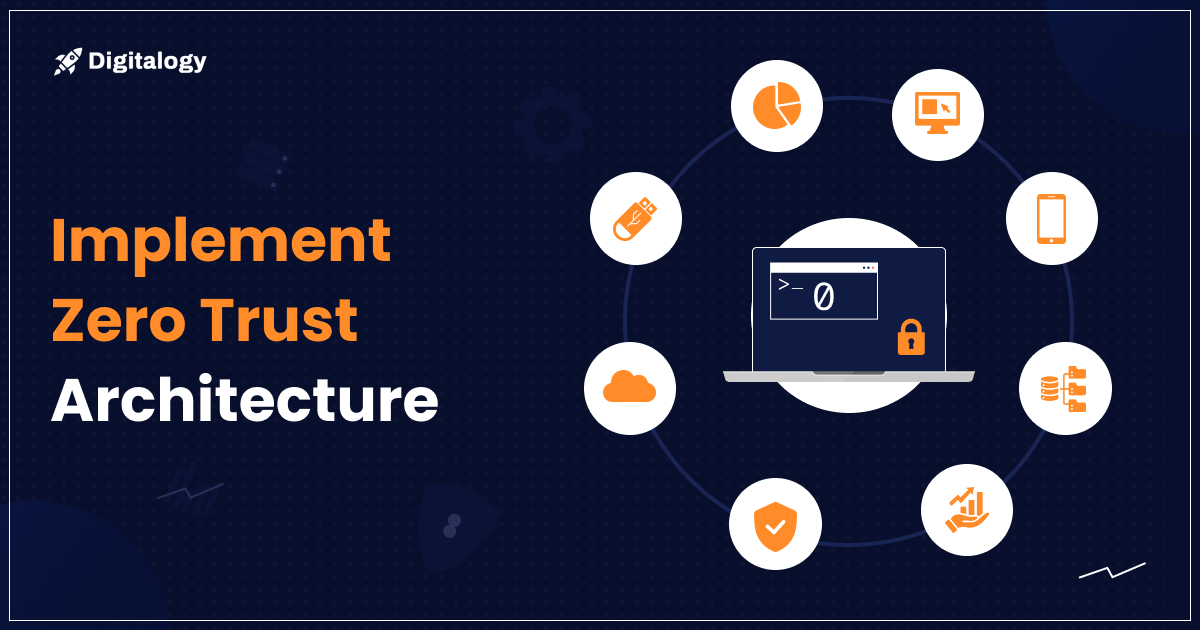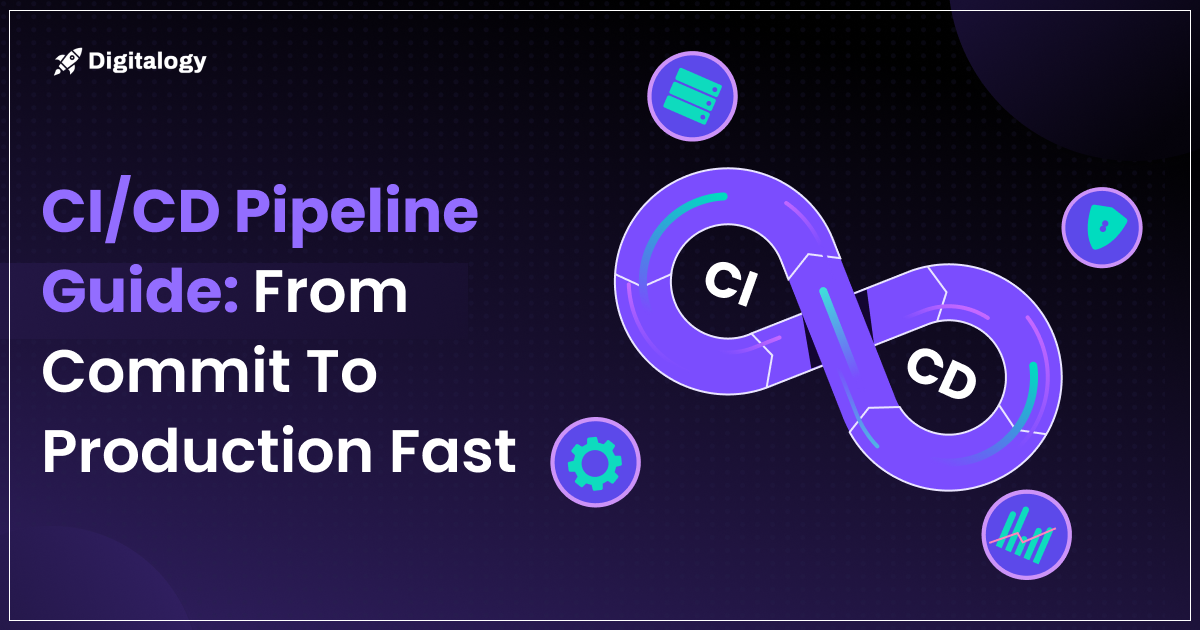What is Graph Data Science?
Most teams say they want deeper insights, but still use tools that treat data like a checklist. You get the what, maybe the when, but the why? That usually slips through.
Traditional analytics looks at isolated events, like a failed transaction, a support ticket, or a sudden signup drop. It catches the dots, but not the lines connecting them.
Graph data science shifts the focus from isolated events to their relationships. It’s not just “what happened,” but “how did this link to everything else?” That slight shift opens the door to bigger insights. This is especially true when working with complex systems where relationships matter more than individual actions.
In this guide, you’ll learn what graph data science is, how it works, and why more tech teams are using it to solve real problems.
Graph Data Science vs Traditional Analytics Explained
Graph data science is a way of analyzing data based on how things connect.
Traditional tools treat each data point like it exists in a bubble. You might know a user clicked a button or made a payment, but you don’t see how that action ties into everything else. That’s fine when your dataset is simple, but those gaps start showing once things get messy or interconnected.
Graph data science fills in those gaps. It looks at the relationships between your data points, not just the data points themselves. So instead of asking, “What did this customer do?” you start asking, “Who influenced this action?” or “What pattern does this behavior follow?”
Let’s take a simple use case: product recommendations.
A traditional system might say, “People who bought this also bought that.” It looks at isolated actions and finds surface-level similarities.
Graph data science goes deeper. It considers who else interacted with a product, what they viewed before and after, how they’re connected to other users, and what patterns exist between those paths. The result feels less like a random guess and more like a relevant suggestion.
How Graph Data Science Works
Graph data science isn’t about rows or columns. It’s about connections.
Let’s use a social network as an example. Everyone is a node, and every follow, comment, or message is an edge. Now imagine mapping that to spot who’s most influential, who’s connected behind the scenes, or where conversations tend to cluster. That’s the power of graph data science as it turns isolated data into context you can act on.
Here are the three core building blocks to help you better understand graph data science.
1. Nodes
Nodes are the individual items in your data. Depending on your use case, they could represent users, products, transactions, locations, or devices. Each node is one point in your system, but what makes it powerful is how it connects to others.
For example, one node in a customer database might be a person. In a fraud investigation, it might be a flagged payment or a reused email. What the node represents changes, but the idea stays the same. It is a single unit in a bigger web.
2. Edges
Edges are the relationships between nodes. They define how things are connected. A customer referred another. Two accounts share the same shipping address. A device is linked to multiple users.
Edges often carry more than just a link. They can include direction, type, or strength of the connection, such as how frequently something happened or how recently. That extra detail helps you understand what is connected and how and why those relationships matter.
3. Graph algorithms
This is where the actual analysis happens. Graph algorithms scan your data network to surface patterns, rank relationships, and uncover hidden structures.
Some algorithms find clusters, or groups of tightly connected nodes, while others help identify the most influential points in your network or calculate the shortest path between two places in the graph. These are not just abstract ideas. They help answer questions like:
- Which customers are central to referral activity?
- How does a suspicious login connect to past account breaches?
- Where is the fastest path through a supply chain bottleneck?
Graph algorithms give you a way in if you’ve ever tried to find patterns in messy, high-volume data. They uncover structure and relationships that row-based tools like SQL aren’t built to show. They are the engine behind the insights and the reason teams can find real patterns in data that used to feel like noise.
Real-World Applications of Graph Data Science
The more connected your data becomes, the harder it is to make sense of it with traditional tools. You might catch surface-level trends, but you miss the deeper story. Graph data science helps teams reveal patterns you can’t see with row-based tools.
Here’s how it plays out in real scenarios:
1. Fraud detection
Imagine five accounts are created from different locations, but they all use the same phone number, share login details, and refer each other. A basic system might flag one of them. A graph model sees the entire pattern and connects the dots before the fraud spreads.
Graph analysis helps you stop coordinated attacks, not just spot outliers.
2. Customer 360
If you’ve tried to create a complete view of your customers, you know how scattered the data can be. One user might appear under slightly different names in your CRM, product logs, payment history, and support chats.
Graphs connect all that. You stop seeing customers as single data points and start understanding how they interact, influence others, and move through your ecosystem.
3. Supply chain
Let’s say one of your suppliers has a delay. With a graph model, you can trace which vendors, products, or shipments are affected. You see the ripple effect, not just the first failure.
That visibility helps you make smarter decisions faster, before things pile up.
4. Recommendation systems
A basic recommendation system might say, “Customers who liked this also liked that.”
Graphs go deeper. They consider who interacted with the product, when they did it, what else they viewed, and how their behavior overlaps with others.
This makes the result feel personalized, like your system finally “gets” what users care about, not just what they clicked on.
5. IT and network operations
One system failure can create a domino effect. With a graph model, your team can trace the links between systems, identify where the issue started, and see what else is at risk. That means faster resolution and fewer surprises.
Graph Data Science Tools Worth Knowing
You don’t need a complex setup to get started with graph data science. These tools cover most real-world graph projects, whether you’re experimenting on a small project or supporting large-scale operations.
1. Neo4j
Neo4j is one of the easiest tools to start with. You can run it locally or in the cloud, load your data, and start writing queries in Cypher, which reads more naturally than most query languages. It’s a solid option for early exploration, internal demos, or quick experiments that show how things in your data connect.
2. TigerGraph
TigerGraph is built for speed and scale. It handles real-time graph workloads and is often used for fraud detection or recommendation engines. It takes more setup than Neo4j, but it’s worth the effort if you’re working with a lot of data and need fast results.
3. Amazon Neptune
If your team already uses AWS, Neptune might be the easiest to integrate. It supports multiple graph models and works with Gremlin and SPARQL. Since it’s fully managed, you don’t have to worry about infrastructure. It’s a good fit when your team wants something that works inside your existing cloud stack without extra overhead.
If you’re deciding where to start:
- Use Neo4j for quick prototyping, learning, or testing simple graph ideas.
- Choose TigerGraph when your use case involves large-scale data and low-latency performance.
- Go with Neptune if your team already operates in AWS and needs a managed service.
Start small. Run one use case that matters to your team and focus on showing a clear result. That’s usually all it takes to get people to pay attention.
Challenges and Considerations
Graph data science opens new ways to work with your data, but it’s not always smooth sailing. There’s a learning curve, and a few things you’ll want to plan for early on.
Here’s what can slow teams down if they’re not ready:
1. Data complexity
Graph models force you to think differently. Instead of putting everything neatly in tables, you must define entities, relationships, and directions. That shift can be tricky at first. And if the structure is weak, the insights you get will be too.
2. Scalability
Graphs can grow fast, especially when working with things like interactions, transactions, or IoT data. One user connects to another, then another, and suddenly your system handles thousands of links. If the graph tool isn’t built to handle that volume, things start lagging just when you need speed.
3. Integration with existing systems
Most teams already have pipelines, dashboards, and a data warehouse they’re used to. Graph tools don’t always slot into those setups cleanly.
You might need to rethink parts of your workflow, set up side-by-side systems, or bring in new engineering help to get it working smoothly alongside your existing warehouse or business intelligence (BI) tools. Without a solid data engineering setup, adoption can feel slow or frustrating.
4. Talent and training
If your team is used to working with SQL, learning a graph query language like Cypher or Gremlin will take some time. Concepts like node centrality or traversal paths may be completely new. Without internal support or guidance, things can slow down quickly.
5. Tooling maturity
Graph platforms have improved, but some still feel behind other analytics tools. Documentation can be hit or miss, and visualizations might need extra work to get right. The initial setup might feel rough if your team expects things to work out of the box.
Final Thoughts: How to Choose Based on Your Project’s Needs
Graph data science is not just another analytics tool. It is designed for the problems most teams face today, especially when dealing with messy, interconnected data that traditional models struggle to explain.
It helps you see more than just isolated actions. You get a clearer view of how your data points influence each other and what patterns shape your outcomes. Whether you’re trying to stop fraud before it spreads, understand how customers move through your product, or spot risk in your supply chain, graph data science gives you visibility that traditional methods often miss.
The learning curve is real, but so is the payoff. Build a small proof of concept and see what traditional tools have been missing.
If you’re ready to stop guessing and finally see the full story behind your data, Digitalogy can connect you with vetted developers who know how to build and scale these solutions.

